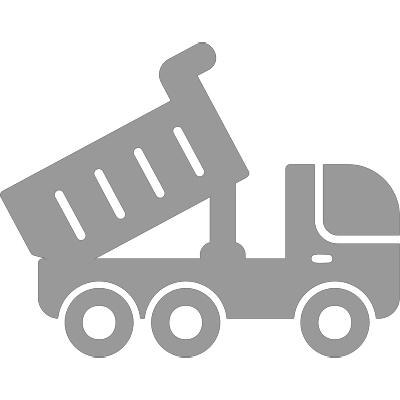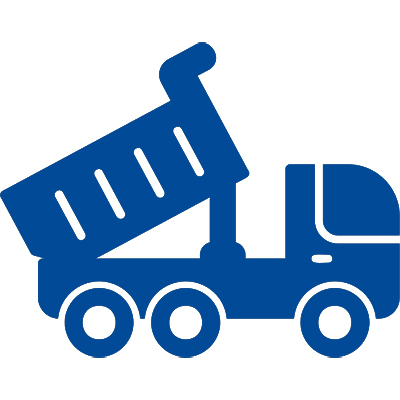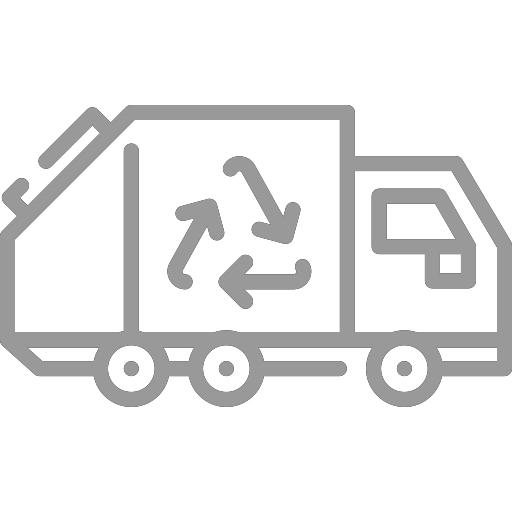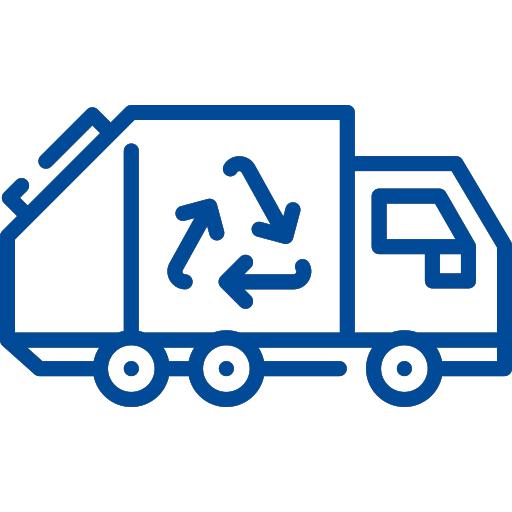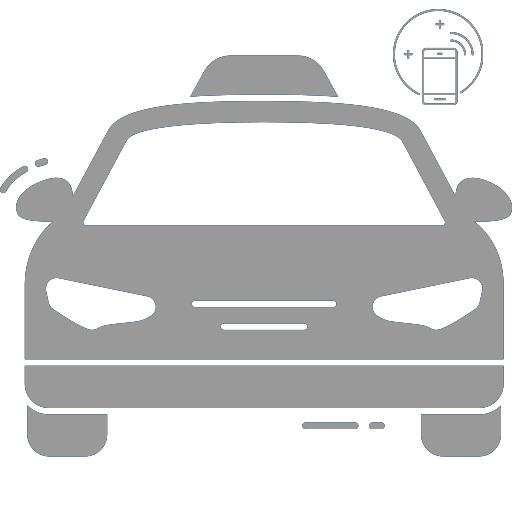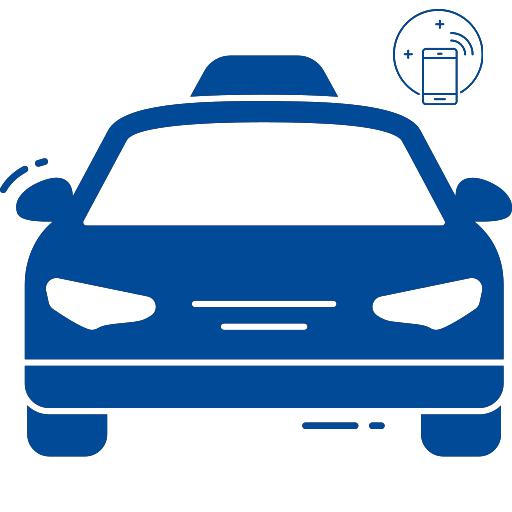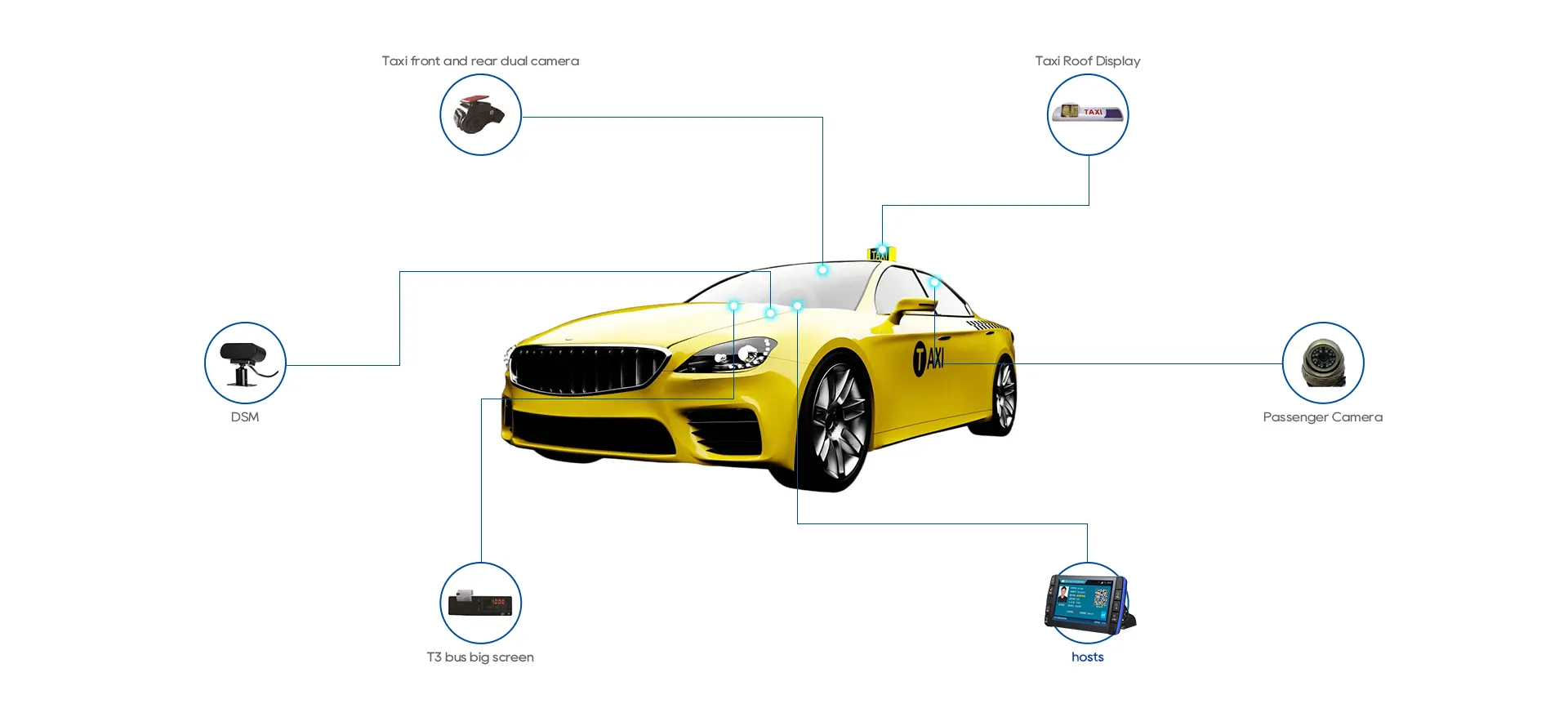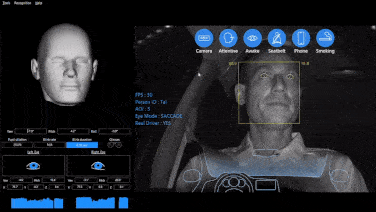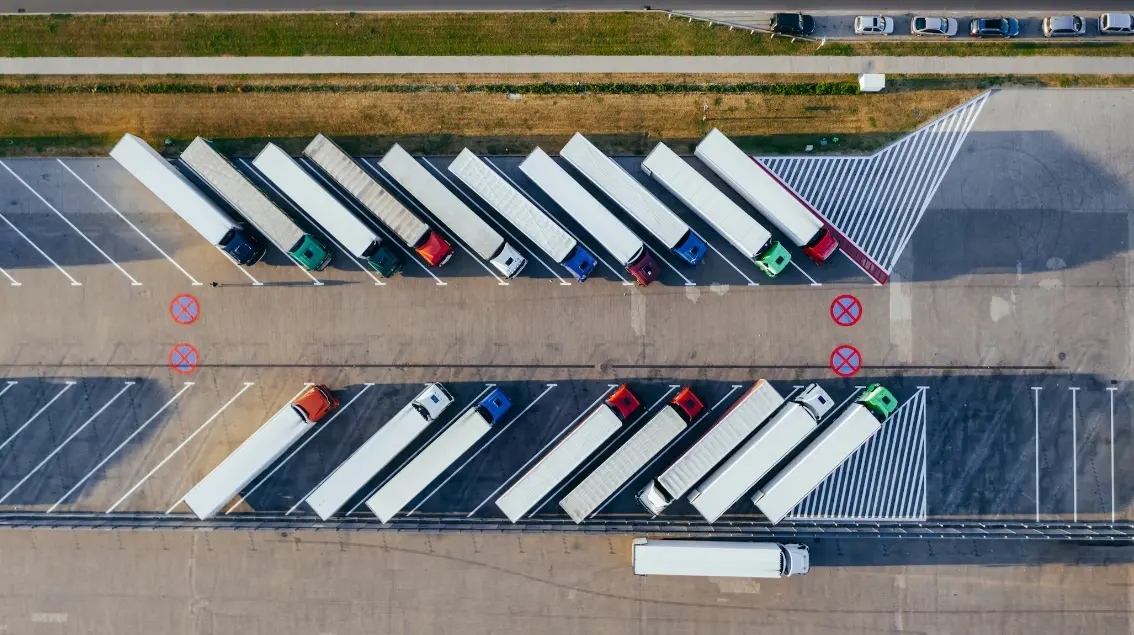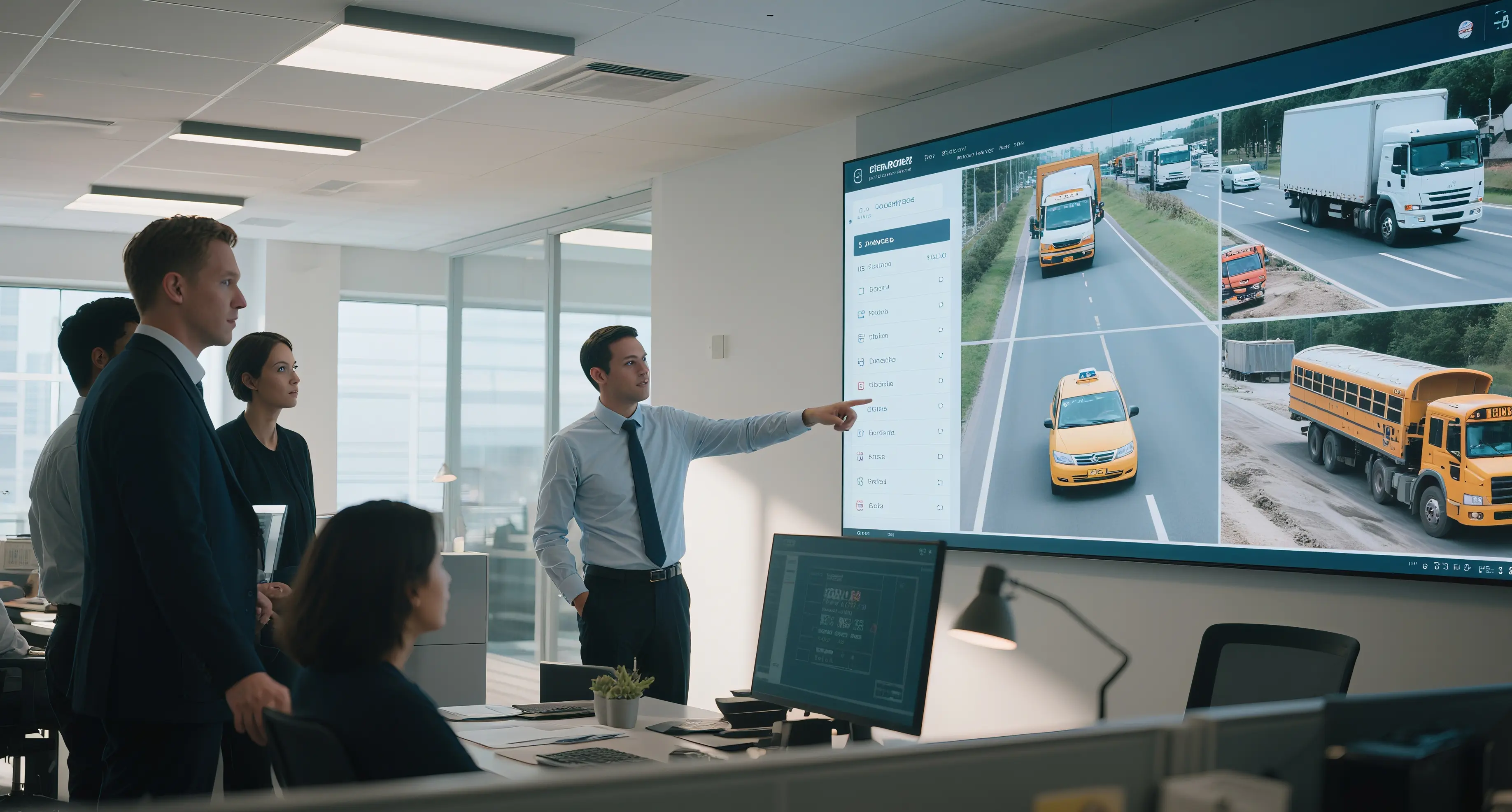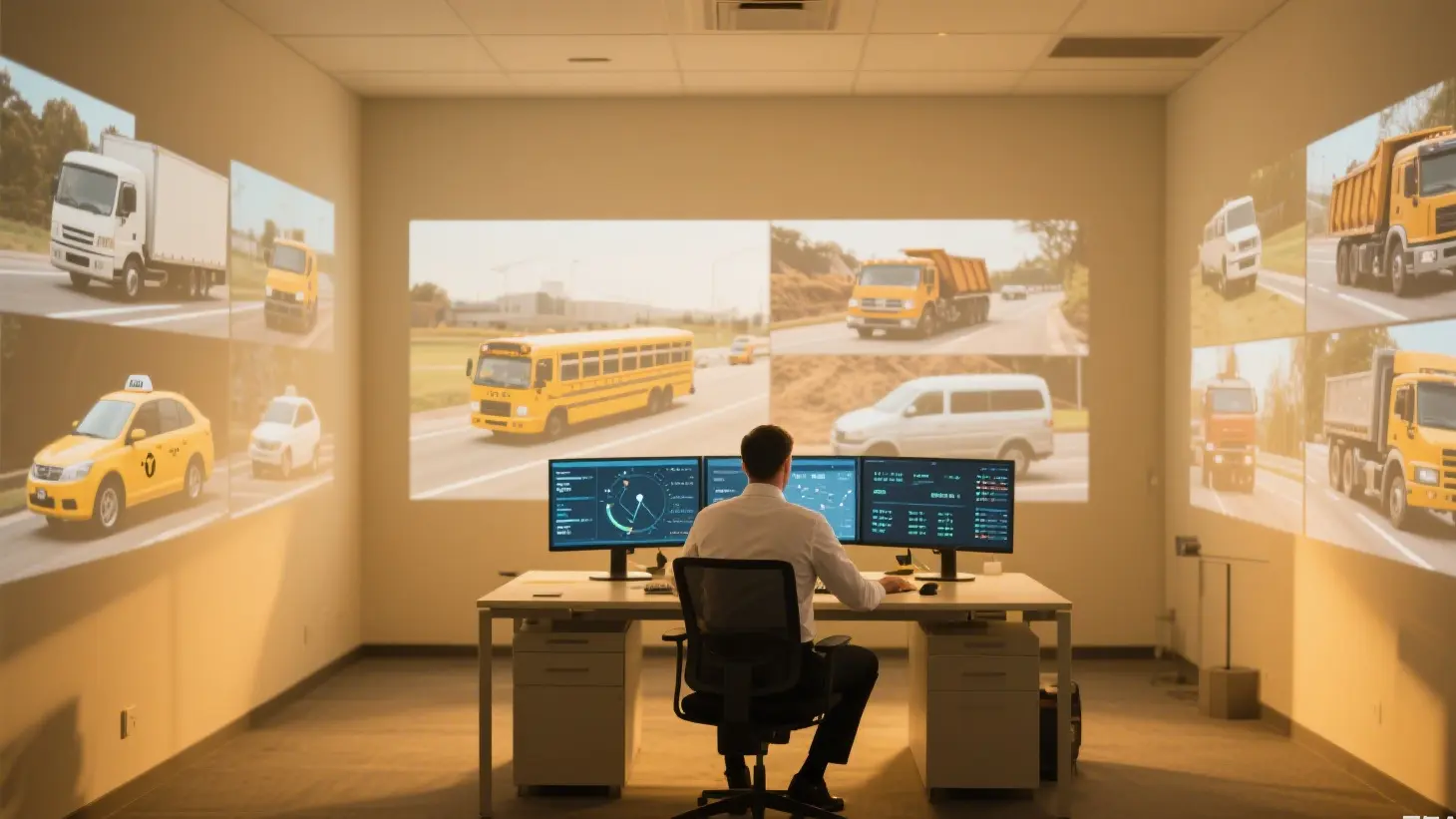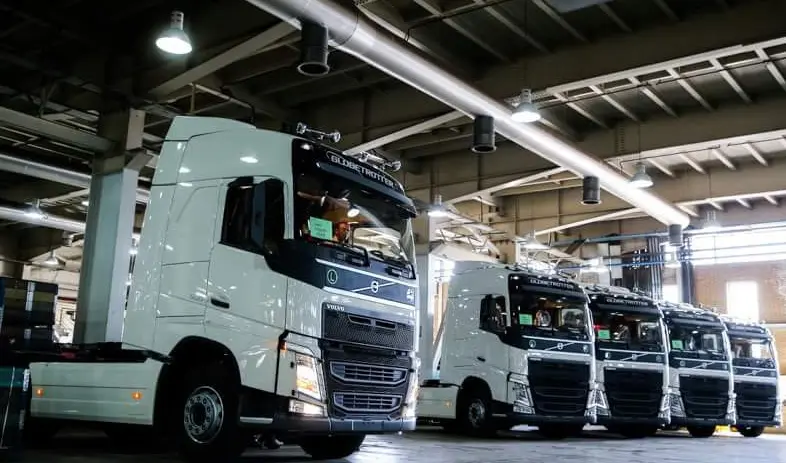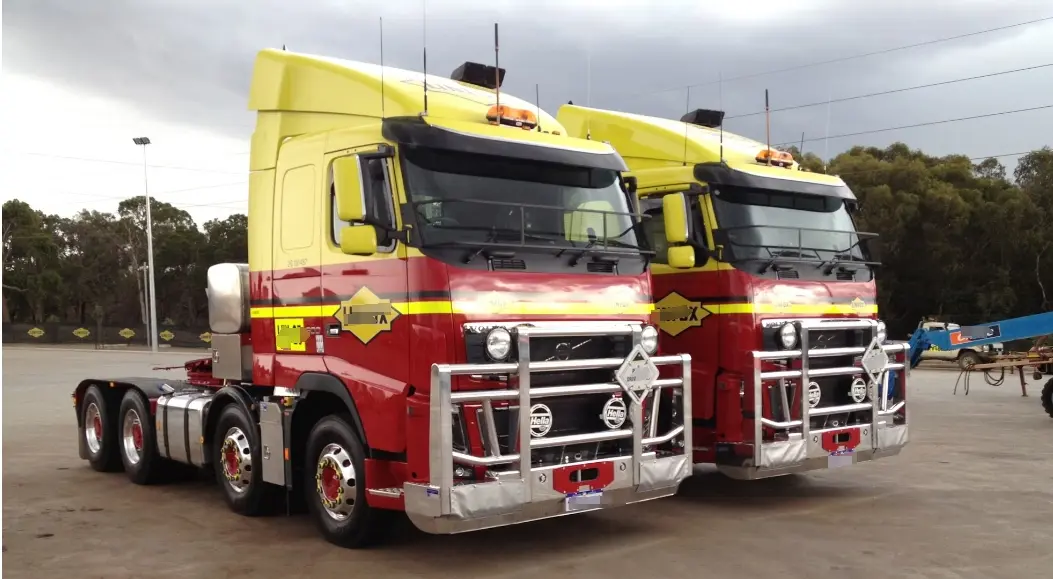Camera Systems for Semi Trucks
Camera Systems for Semi Trucks
Commercial trucks, including those involved in transporting goods, perishable items, liquefied gas, petroleum, and express deliveries, often face challenges due to their long vehicle length, resulting in significant blind spots for drivers. This increases the risk of accidents, especially in narrow urban roads. Installing truck camera systems can effectively address many of these challenges.
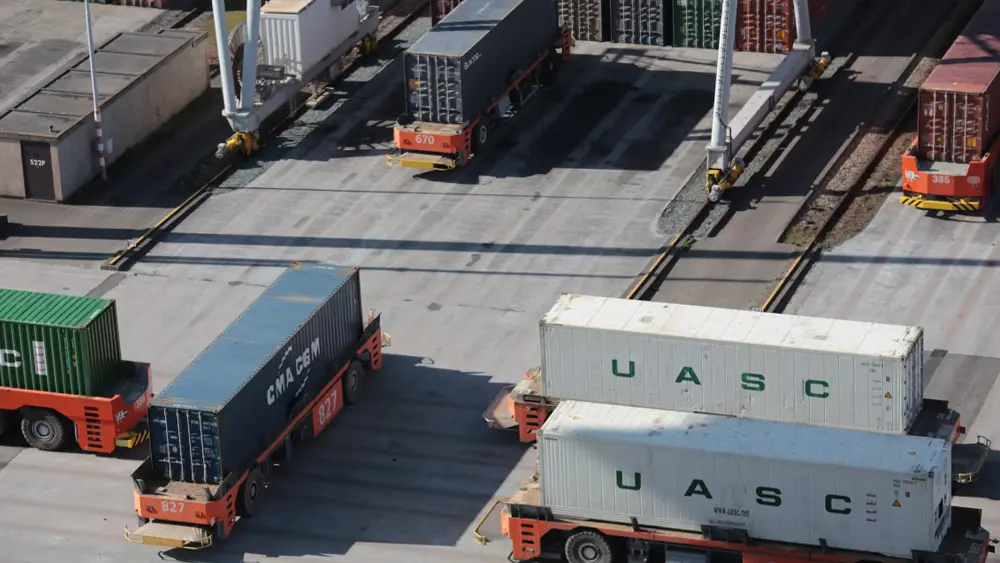
Real-time monitoring and dispatching for semi-trailers become essential for unified management. The development of GPS, GIS, and communication technologies makes it possible to establish such systems. Utilizing advanced technology to comprehensively monitor hazardous goods vehicles allows for a clear and real-time understanding of the vehicle's current location, driving status, instantaneous speed, and storage of each driver's records such as speeding and violations in a central database. Equipping the system with 4G communication and cameras enables real-time monitoring of the vehicle's interior and exterior by fleet managers.
Hardware for Semi-Trailer Camera Systems
Due to the significant differences in vehicle types, sizes, and internal/external structures, the selection of the number and placement of cameras must consider the actual conditions of the vehicles. Taking freight trucks as an example, a basic setup would require a minimum of 4 cameras for monitoring various positions inside the vehicle.
Forward-facing camera — Installed on the interior ceiling in front of the driver's seat, capturing the road conditions, traffic signs, and traffic lights ahead. It records the vehicle's driving conditions and the movement of vehicles in front.
Cabin camera — Placed inside the driver's cabin, used to capture the driver's safe driving behavior and record audio, contributing to increased awareness of traffic rules and ensuring driving safety.
Tank camera — Installed on the inner side of the tank under the cargo area, facing outward. It primarily captures the state of the tank cover and the display data of the refueling machine.
Cargo area camera — Positioned on the rear side of the cargo truck's top, facing backward. It can capture the loading and unloading of cargo and the road conditions behind the vehicle.
Front-end Microphone and Speaker
Devices for sound collection placed at the front end for real-time audio collection and communication, with communication initiated from the central end.
Digital Audio-Visual Encoding:
The analog audio-visual signals collected at the front end are digitally coded and compressed by the main terminal of the 3G video vehicle positioning terminal. The processed data is stored and wirelessly uploaded based on requirements.
GPS Positioning Module:
The on-board terminal device can transmit the received Global Positioning System (GPS) location through wireless network systems to the management center. Personnel in the monitoring center can obtain information such as the vehicle's travel trajectory, speed, and direction.
Emergency Alarm Button (Optional):
Emergency alarm buttons can be installed on vehicles. In case of emergencies, the buttons can be triggered by the driver or passengers to send an alarm to the management center, prompting a quick response.
LCD Display Screen (Optional):
A color LCD display screen is arranged in the cabin for the driver to observe the interior conditions.
Functions of Semi-Trailer Camera Systems
1. Real-time Monitoring:
Utilizes high-compression, clear-image H.264 encoding format, supporting startup recording, scheduled recording, and alarm recording. It includes built-in GPS for global positioning, allowing remote viewing of real-time video, vehicle location, and playback of historical recordings through the 3G network. Supports remote monitoring via mobile phones.
2. Operational Management:
Features route adjustment and operational monitoring management. Through visual dispatch command, voice broadcasting, two-way communication, and voice calls, various events such as traffic jams, vehicle malfunctions, and traffic accidents can be promptly handled.
3. GPS Positioning and Trajectory Query:
Automatically describes the running route of the monitored vehicle with blue digital markers on the map, continuously refreshing to view the vehicle's latest position. The monitoring center can remotely replay the historical trajectory records of the vehicle on the electronic map, reproducing the vehicle's travel process.
4. Safety Alarms:
Allows users to set safety limits. Based on driving conditions, the system automatically generates alarms for fatigue driving, speeding, entering/exiting restricted areas, and illegal parking. These alarms are automatically uploaded to the management center.
5. Fuel Management:
Real-time monitoring of the fuel tank's status, triggering alarms in case of sudden and significant fuel changes to prevent fuel theft.
6. Real-time Cargo Monitoring:
By equipping goods with RFID smart electronic locks, the system can automatically identify and collect cargo information within an effective range. This enables uninterrupted real-time monitoring, instant alarms, and allows customers to grasp the real-time dynamics of cargo movement, ensuring effective supervision during the transportation process.
YUWEI is located in Shenzhen, China, with a mechanized production factory spanning 15,000 square meters in Dongguan. With over 500 technical staff, we can meet the needs of large fleets and tracking management solution providers. You are welcome to visit our company for exchange. We will showcase our technological strength and qualification certificates. (hello@yuweitek.com)















